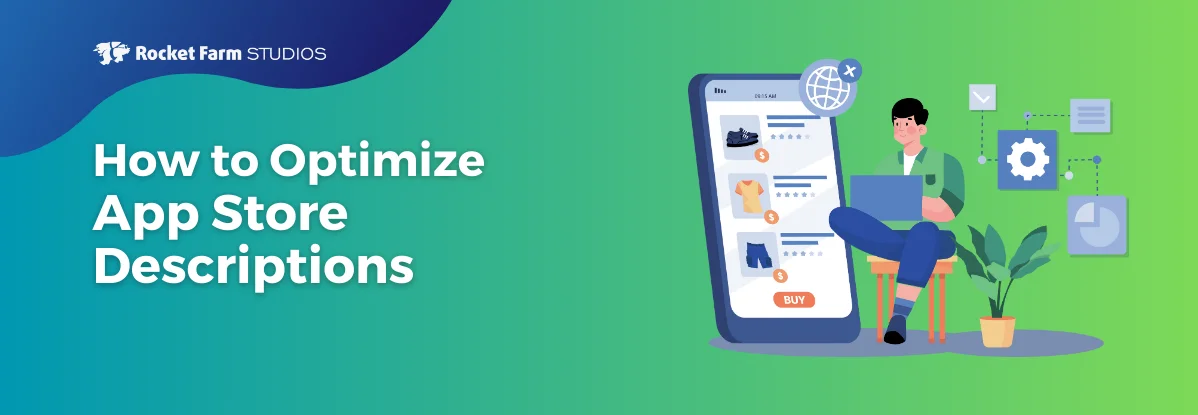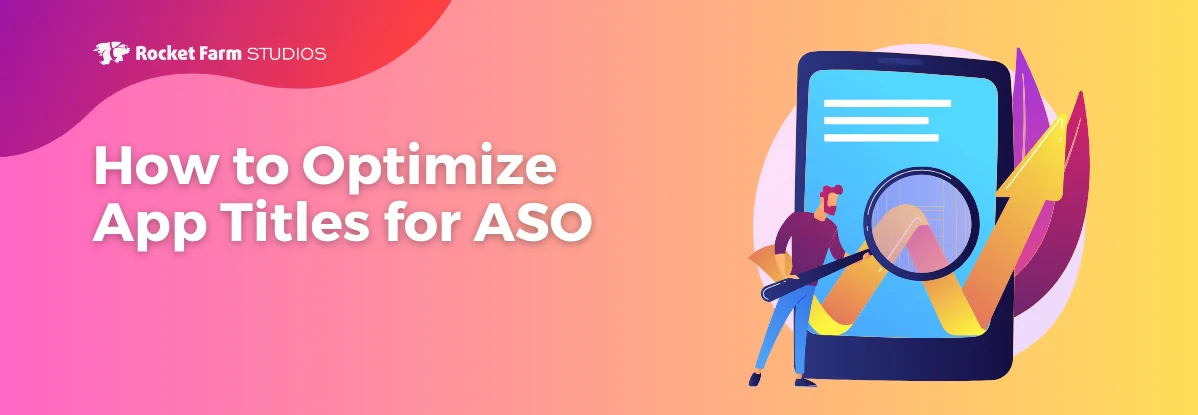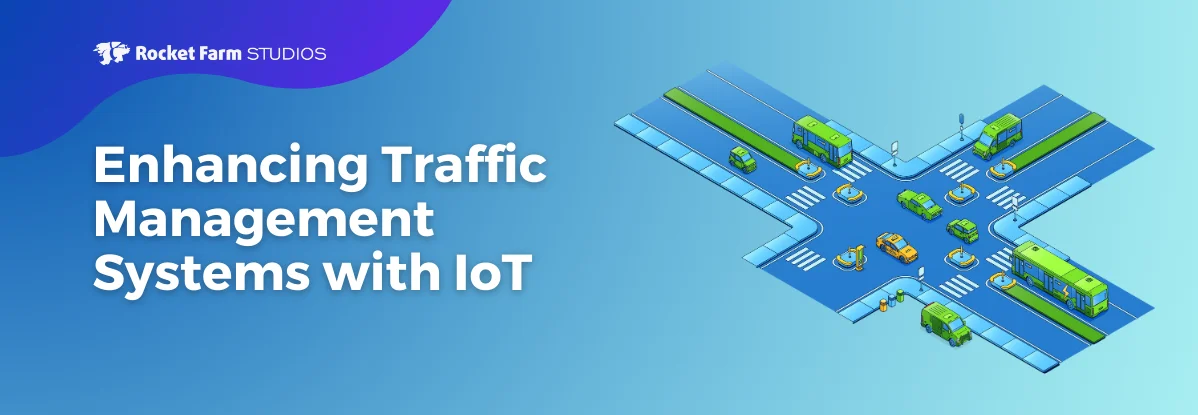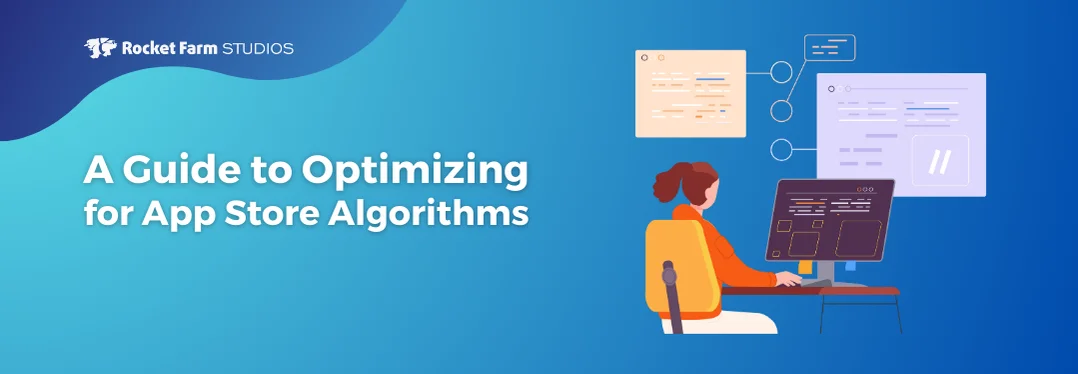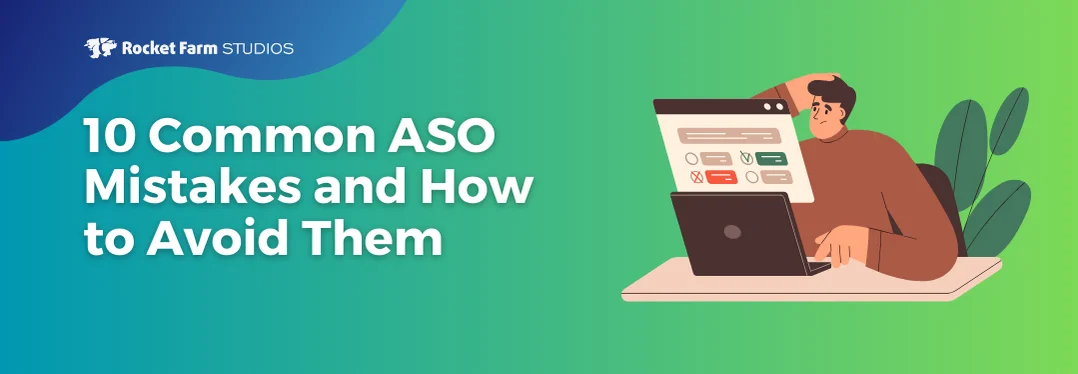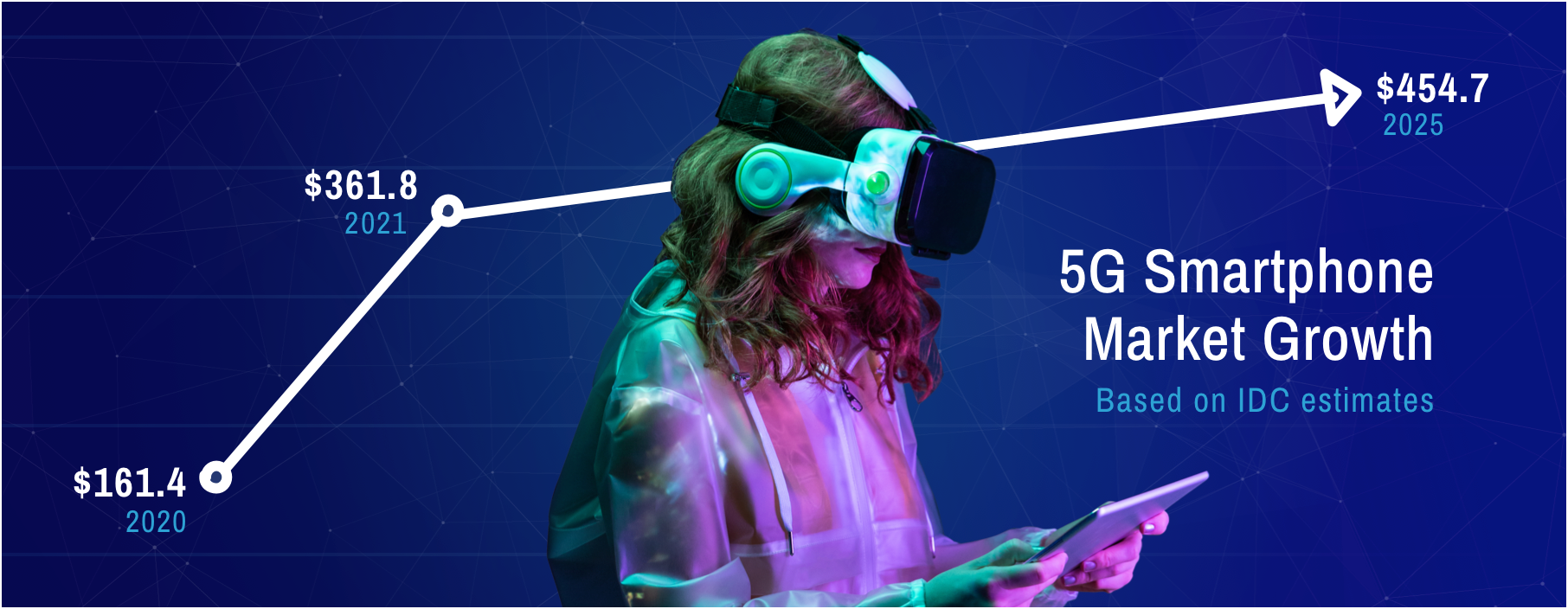
Back on August 12, Twitter users were introduced to a new look. The font had changed as had the follow button. Neither was received particularly well. Long-time users felt the font was ugly and hard to read and the button change drew even more backlash and led to an onslaught of accidental unfollows, possibly the worst result for a social media company.
By August 13, Twitter announced that they were going back to the drawing board.
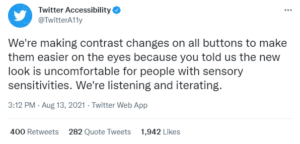
What’s the lesson here? Are font types and buttons that big of a deal? If this case is an indicator, abso-freaking-lutely. People, and more specifically, the users of your mobile app, generally aren’t keen on change. They’ve learned your product, they have specific expectations, and sudden—even seemingly insignificant—changes can be confusing and frustrating.
That said, when it comes to mobile app development, the only constant is change. To retain customers, you must continually up your game and work to make the customer experience better and better. So, yes, you must make changes, but there needs to be a really good reason for doing so.
Letting the market guide your decisions
At Rocket Farm Studios, our process is to release a minimum viable product (MVP) first. We don’t cram all the bells and whistles and everything we can think of into the app before we release it to the public. Why? Because we want the public—the users—to help us understand how to make it better. Truth be told, you can brainstorm, problem solve, and draw up incredible designs (as we’re sure Twitter did) and still totally miss the mark. And nothing is more valuable than honest to goodness feedback and data from real people using an app for real-world purposes.
Once you have the MVP, what’s next?
Releasing an MVP enables you to quicken your time to market. Plus, you don’t waste time and money building features that you want but your users don’t. So, what do you do once your MVP is out in the market and gaining traction?
In the evolution of your mobile app, prioritizing new features and functionality updates can be the biggest challenge. Here’s our advice:
– Let the data drive your decisions. Follow the build-test-learn model well beyond launch of the MVP. Build features, release them to users for testing, and then analyze the user data to understand if the change brought about positive results. Frequent a/b testing, especially of easy-to-change features, such as copy or images, can yield useful data. Let user feedback guide your decisions on future additions or updates. Most important, question everything and test your assumptions because what you think the market wants may miss the mark.
– Focus on improving core features first. Those are the most critical features of your product, and likely the ones available within the MVP. It is critical to get those right, so before you start adding new features, confirm the core features are solving the problem, meeting customers’ expectations and providing an exceptional customer experience.
– Distinguish between important features and nice-to-have features. Taking the customer experience to the next level will require adding new features beyond the core features. Important features may not be critical for the app to fulfill its purpose, but they support the core features, and make the product easier to use or they add value. Often, it is more important to add a feature that supports user retention, as apposed to a feature that could add short-term monetization, for example. Nice-to-have features tend to be those features that are cool, but they don’t impact the utility of the product. Important features are almost always a priority over nice-to-have features.
– Evaluate each idea for impact versus ease of implementation. The changes that bring the most impact for the user obviously rank at the top of the list, BUT if you can get some easy wins by making quick changes, sometimes it makes sense to go for it. Additionally, low effort/low impact updates carry less risk but allow you to keep making progress. Even simple design changes, such as form layouts, color changes and content changes can significantly drive retention and conversions.
– Give marketing, sales and customer service a seat at the table. Engineers and designers may understand the technical aspects of developing new features, but your marketing, sales and customer service folks are the ones connecting with users. They’re researching the market and evaluating competitors. They are likely to be the first to hear about issues with the product. They’re tapping into cues from users to sale the value props or resolve issues. Make sure that they are part of the conversation as you plan and prioritize new features or functionality.
– Have a clear “why” for every feature. We’ve saved this one for last, but it is really the most important rule here. The why should always be because the new feature will directly and positively impact the mission of the mobile app. Do your research, look at the data and hypothesize what impact you expect the change to bring about. If you are not confident that the results will drive real impact, revisit your plan for rolling out new features.
Want to know why we start with an MVP? Download this guide to find out.




